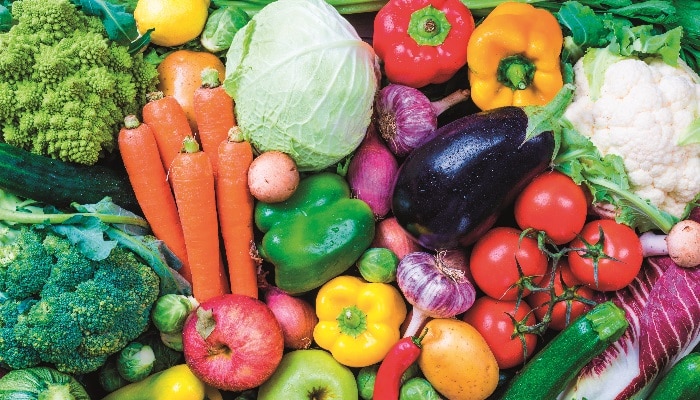Regulation (EU) 2019/1559 amending Regulation (EC) No 396/2005 was published in the OJEU on 17/09/19.
This Regulation amends the MRLs for the following residues: cyflufenamide, fenbuconazole, fluquinconazole and tembotrione.
The MRLs for
cyflufenamide have been lowered on nuts, citrus fruits, some berries and other fruits, root vegetables, tuber vegetables, gherkins, corn, braised corn, vegetable legumes, stem vegetables, mushrooms, dried legumes, oil seeds and fruits, millet, rice, rye, sorghum and sugar plants.
They have been increased on pome fruits, plums, grapes, tomatoes, peppers, cucumbers, cucurbits with inedible skin, artichokes and buckwheat.
MRLs for
fenbuconazole have been lowered for grapefruit, oranges, nuts, apricots, strawberries, bramble fruits, blueberries, some berries and small fruits, edible and non-edible skinned fruits (except bananas), root vegetables, tuber vegetables, bulb vegetables, solanaceous (except peppers), braised, leafy and herbal vegetables, vegetable legumes, stem vegetables, mushrooms, dried legumes, some oil seeds, oil fruits, some cereals (buckwheat, corn, oats, rice, sorghum) and sugar plants.
They have been increased for lemons, mandarins, peaches, plums, grapes and cucurbits with edible and non-edible skins.
In an opinion, EFSA concluded that there is currently no authorised use or tolerance for the import of
fluquinconazole into the EU. Therefore, no plant or animal products should contain fluquinconazole residues. The MRLs were therefore set at the level of the specific limit of determination.
The residue definition of tembotrione has been modified to
tembotrione (sum of the parent substance tembotrione (AE 0172747) and its metabolite M5 (4,6-dihydroxy-tembotrione), expressed as tembotrione). The MRLs for tembotrione have been increased for the herbs and teas, coffee, infusions, cocoa and locust beans categories.
This regulation is applicable from 07/04/2020.
For any technical, pricing or regulatory information, do not hesitate to contact us.



